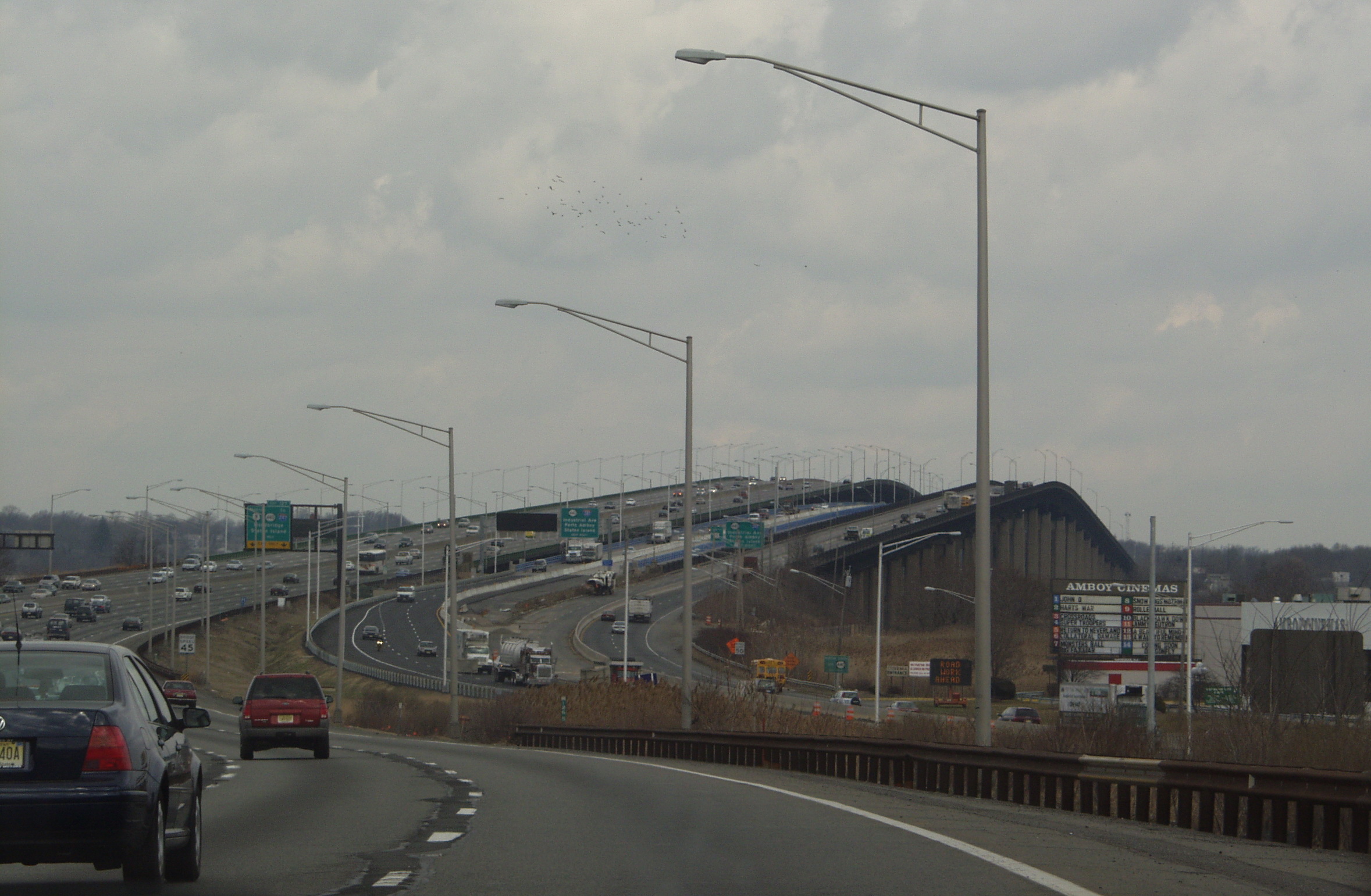Title: Understanding Worker Opposition to Congestion Pricing: Insights from Insider NJ
Introduction:
Congestion pricing has emerged as a potential solution to alleviate traffic congestion and reduce air pollution in urban areas. However, despite its potential benefits, there is often strong opposition from workers who fear the negative impact it may have on their daily commute and overall financial well-being. In this article, we delve into the insights provided by Insider NJ, shedding light on why workers oppose congestion pricing.
1. Financial Burden:
One of the primary concerns voiced by workers is the additional financial burden congestion pricing may impose. Many workers rely on their vehicles to commute to work due to limited public transportation options or the need to transport tools or equipment. Implementing congestion pricing, which typically involves tolls or fees for driving in congested areas during peak hours, could significantly increase their commuting costs. This can disproportionately affect low-income workers who may already be struggling to make ends meet.
2. Limited Alternatives:
Opponents argue that congestion pricing assumes the availability of reliable and efficient public transportation alternatives. However, in many areas, public transportation systems are inadequate or insufficiently developed to accommodate the increased demand resulting from congestion pricing. Workers who rely on their vehicles may feel trapped with no viable alternatives, leading to resentment towards such policies.
3. Impact on Small Businesses:
Congestion pricing can also have adverse effects on small businesses located within congested areas. Higher transportation costs for workers may reduce their discretionary income, potentially leading to decreased patronage of local businesses. This can have a ripple effect on the local economy, resulting in job losses and business closures.
4. Unfair Distribution of Costs:
Critics argue that congestion pricing unfairly targets workers while exempting other road users, such as commercial vehicles or residents within the congestion zone. This perceived inequity can fuel opposition among workers who feel they are being unfairly burdened with the costs of reducing congestion.
5. Lack of Transparency and Consultation:
Workers often express frustration with the lack of transparency and consultation in the decision-making process surrounding congestion pricing. They feel that their concerns and perspectives are not adequately considered, leading to a sense of exclusion and resentment towards these policies.
Conclusion:
While congestion pricing holds promise as a solution to urban traffic congestion and environmental concerns, it is essential to address the concerns of workers who may bear the brunt of its implementation. Policymakers should prioritize transparent communication, actively involve workers in decision-making processes, and ensure that viable alternatives are available before implementing congestion pricing. By doing so, we can strike a balance between reducing congestion and protecting the interests of workers.




